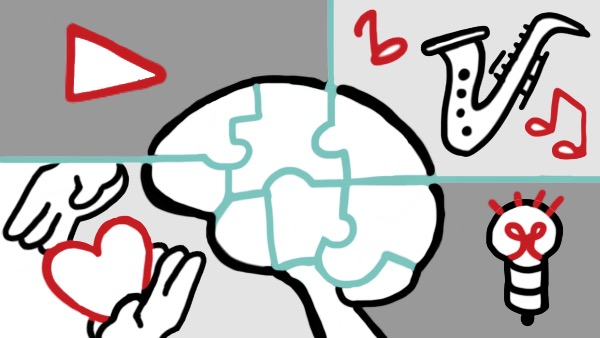
by Andrew Herkert | Mar 1, 2022 | Content Trends, External Communications, Internal Communications, Scribology, Training & Development, Whiteboard Video
At TruScribe, we’re always excited to talk about the principles of Scribology, our content creation guidelines. They spring from brain science and neuroscientific studies that promote the highest rates of engagement and retention in our videos’ audiences. ...
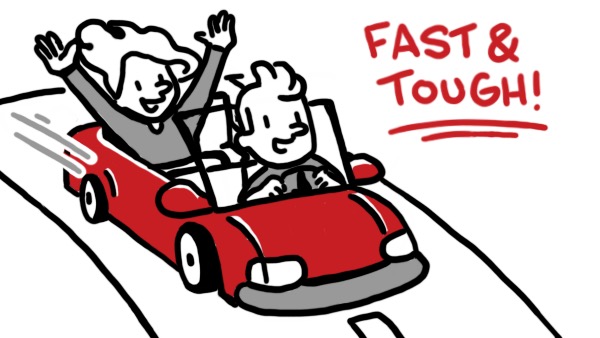
by Andrew Herkert | Feb 24, 2022 | Content Trends, Creativity in Business, External Communications, Internal Communications, Scribology, Whiteboard Video
Every so often, when I describe my job to someone for the first time, I’ll get a response along the lines of “Whiteboard video? What’s that?” It’s not the kind of question you get in every position (“Auto mechanic? What’s that?” isn’t a common one),...

by Andrew Herkert | Feb 15, 2022 | Content Trends, External Communications, Internal Communications, Scribology, Scriptwriting, Whiteboard Video
When it comes down to it, the most memorable parts of any narrative will almost always be the characters and the message. Plots, or the series of events that we see our characters experience, give us a window into their personality, and give the message a reason...
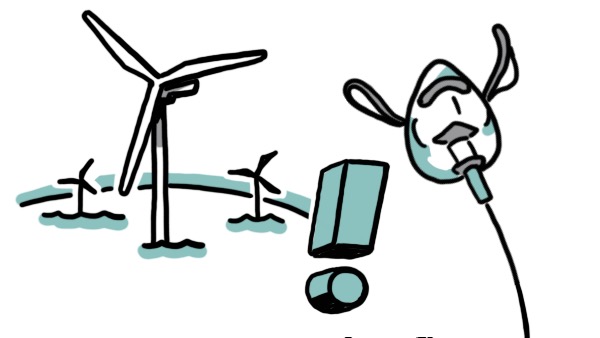
by Andrew Herkert | Feb 10, 2022 | Scribology, Visual Storytelling, Whiteboard Video
While the amount of time between today and Tenet’s release feels enormous, in truth it’s only been a little over a year since its US release. While the film may not have gained cult status yet—which is nigh impossible in so short a timeframe—it remains a...
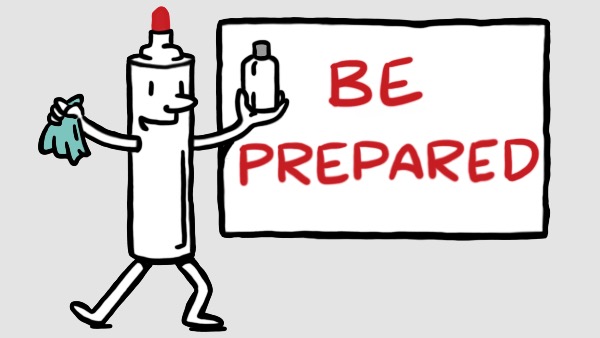
by Andrew Herkert | Feb 8, 2022 | Scribology, Whiteboard Video
TruScribe artists are fantastic at making a video look easy. From the moment you click the “play” button until the final frame rolls, it can feel like you’re simply looking over an artist’s shoulder as they casually create images that support the narrator’s...
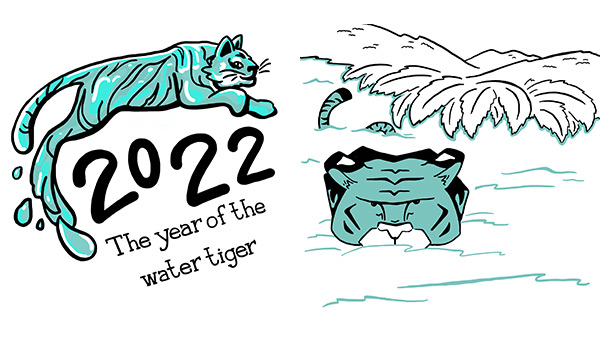
by Andrew Herkert | Feb 1, 2022 | Content Trends, External Communications, Internal Communications, Scribology, Whiteboard Video
What’s your worst fear with your business communications? Is it that you’ll frustrate or anger your recipients? Do you worry that your message is too long, or too short? How about the most important question of all: is your message even clear?...







